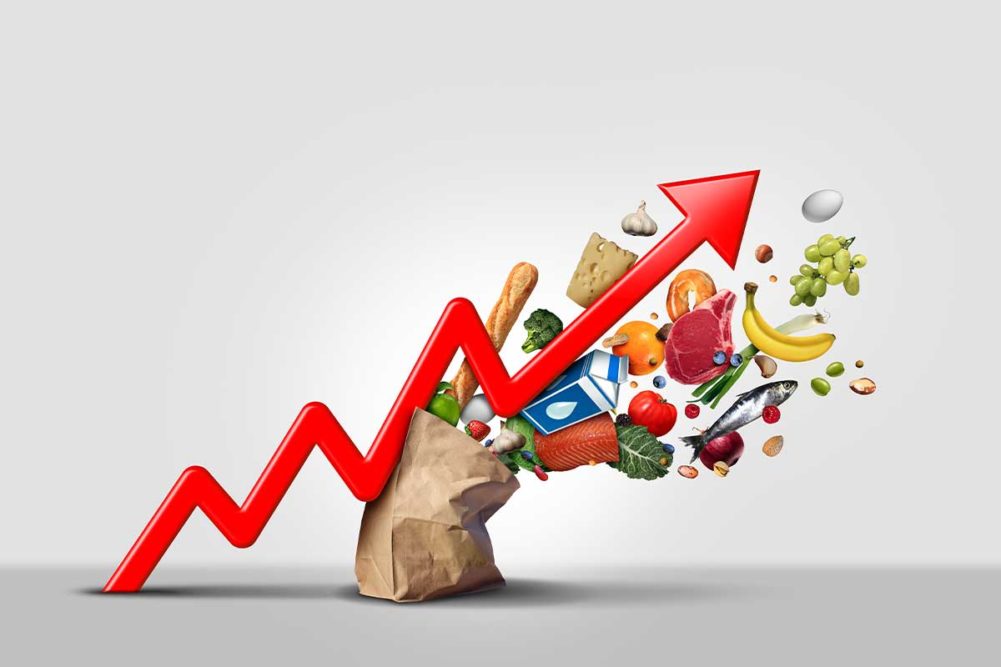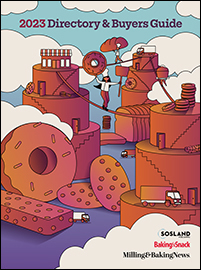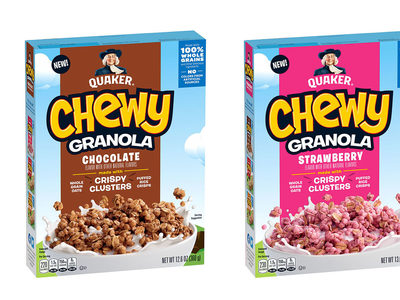ANAHEIM, CALIF. — While rising food prices continue to loom large in consumers’ minds, their response to the perceived threat isn’t as straightforward as one might assume. That was the message from IDDBA 2023 held in Anaheim, Calif., June 4-6.
Inflation concern among consumers remains high despite the fact that actual inflation numbers may be improving. This is only exacerbated by the fact that on March 1 emergency allotments for the SNAP program ended, which will have a direct impact on 42 million Americans with households seeing on average $82 reduced benefits per month, Category Partners reported in its presentation at the What’s In Store Live stage. The research firm also reported that 80% of consumers said they have changed the way they shop for groceries due to inflation.
Despite these downward pressures on consumer confidence, the buying public in the United States is responding in a nuanced way. While some behaviors make sense — Jonna Parker, fresh foods team lead for Circana, reported that 86% of meals continue to be eaten in the home — how consumers define value is becoming more complex.
Category Partners showed, for example, that consumers are willing to trade down on some items in order to splurge on others when they believe the value is worth the spend. During the Great Recession, for example, Cara Ammon, senior vice president of research and market intel at Category Partners, said research showed consumers didn’t completely move away from restaurants but simply traded down in price point, skipped drinks or desserts, or took advantage of specials and deals. While she pointed out we are still waiting to see how consumers respond today, she cautioned against assuming consumers would skip their indulgences.
“Satisfying desires remains important during an economic downturn so consumers will get creative and forgo one thing to keep something they really want,” she said.
While the team at IDDBA identified five major trends for the industry —whole health, heart and self; consumer-defined convenience; value; ESG; and technology and innovation — keynote speaker Alton Brown was the one who brought them all together.
“All of these things are all molded by all the others … The technology and innovation, the ESG and the story you tell, the convenience and the health and wellness part — they all overlap, and in the middle, if you do it right, that’s value,” he said. “That’s the real power. That’s the thing we all, no matter what kind of business we’re in, are trying to deliver to our audience. It is our responsibility to prove our value.”
Proving value is becoming harder, too. Ms. Parker reported that consumers are controlling their spend by avoiding impulse purchases.
“As a society, we’re no longer browsing,” she said. “Forty-six percent of consumers are sticking to a pre-planned list.”
Forty percent, she said, report that they are very conscious of using up their fresh items before they go bad, and 25% have passed by an item because the pack size and price value equation did not meet their needs.
“The hero of fresh has been offering a variety of sizes so consumers have that flexibility and won’t risk paying for food they won’t use or need,” Ms. Parker explained.
The baking industry, especially in the perimeter, continues to experience strong growth, however. According to Circana data, perimeter bakery was up in dollar sales 10.4% and only down 3.0% in unit sales.
“With inflation what it is, that’s a strong growth rate,” Ms. Parker said.
Much of that growth is attributed to the fact that the in-store bakery offers a wide variety of products and package sizes as well as premium product. It’s where consumers shop to recreate the restaurant quality food they are moving away from to save money. It’s also where consumers find convenient meal options through meal kits or partially or fully prepped meals, opening up opportunities for bakery to partner with the deli or dairy departments as well.






